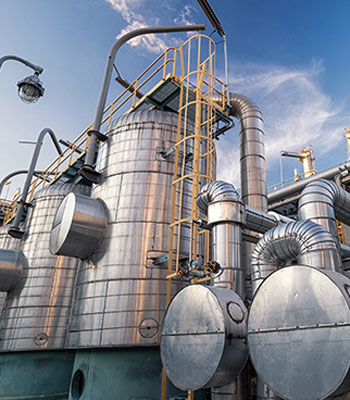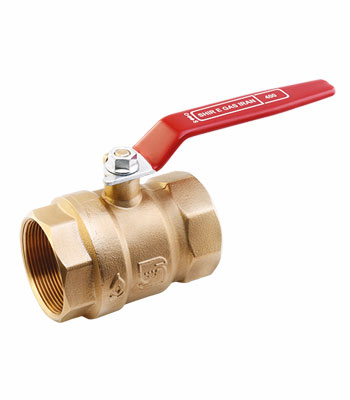Ethylene Gas
0,00 €Ethylene (IUPAC name: Ethene) is a hydrocarbon with the formula C2H4 or H2C=CH2. It is a colorless flammable gas with a faint “sweet and musky” odor when pure. It is the simplest alkene (a hydrocarbon with carbon-carbon double bonds), and the second simplest unsaturated hydrocarbon after acetylene (C2H2). Ethylene is widely used in chemical industry, and its worldwide production (over 109 million tonnes in 2006) exceeds that of any other organic compound. Ethylene is also an important natural plant hormone, used in agriculture to force the ripening of fruits Global ethylene production was 107 million tonnes in 2005 … .
Feedstock Composition
0,00 €The feed gas composition to Iran LNG plant is shown below:
| Components | Mol % |
|---|---|
| Carbon Dioxide | 2.53 |
| Water | 0.052 |
| Nitrogen | 4.56 |
| Hydrogen Sulfide | 1.1 |
| Methane | 83.215 |
| Ethane | 5.06 |
| C3+ | 3.483 |
| Total | 100 |
| Trace Components | ppm molar |
| Carbonyl Sulfide | 3 |
| Mercaptans | 229 |
| Mercury | 900 ng/Nm3 |
Feedstock Composition
0,00 €The feed gas composition to Iran LNG plant is shown below:
| Components | Mol % |
|---|---|
| Carbon Dioxide | 2.53 |
| Water | 0.052 |
| Nitrogen | 4.56 |
| Hydrogen Sulfide | 1.1 |
| Methane | 83.215 |
| Ethane | 5.06 |
| C3+ | 3.483 |
| Total | 100 |
| Trace Components | ppm molar |
| Carbonyl Sulfide | 3 |
| Mercaptans | 229 |
| Mercury | 900 ng/Nm3 |
Feedstock Composition
0,00 €The feed gas composition to Iran LNG plant is shown below:
| Components | Mol % |
|---|---|
| Carbon Dioxide | 2.53 |
| Water | 0.052 |
| Nitrogen | 4.56 |
| Hydrogen Sulfide | 1.1 |
| Methane | 83.215 |
| Ethane | 5.06 |
| C3+ | 3.483 |
| Total | 100 |
| Trace Components | ppm molar |
| Carbonyl Sulfide | 3 |
| Mercaptans | 229 |
| Mercury | 900 ng/Nm3 |
Gas Control Taps for Hob Gas equipment
0,00 €| Model : | Control Tap |
| Company name : | Iran Gas Valve |
| Packaging : | – |
| Minimum order : | 1 |
| Standard : | – |
| Production power : | – |
Gas Control Taps for Samavar
0,00 €| Model : | control tap |
| Company name : | Iran Gas Valve |
| Packaging : | – |
| Minimum order : | 1 |
| Standard : | – |
| Production power : | – |
Gas Control Taps for Samavar Gas equipment
0,00 €| Model : | control tap |
| Company name : | Iran Gas Valve |
| Packaging : | – |
| Minimum order : | 1 |
| Standard : | – |
| Production power : | – |
Gas Control Taps Thermostatic Gas equipment
0,00 €| Model : | Control Tap |
| Company name : | Iran Gas Valve |
| Packaging : | – |
| Minimum order : | 1 |
| Standard : | – |
| Production power : | – |
Gas Cylinder Valves
0,00 €| Model : | 602 |
| Company name : | Iran Gas Valve |
| Packaging : | – |
| Minimum order : | 1 |
| Standard : | – |
| Production power : | – |
Hydrogen sulfide Gas
0,00 €Hydrogen sulfide is the chemical compound with the formula H2S. It is a colorless gas with the characteristic foul odor of rotten eggs; it is heavier than air, very poisonous, corrosive, flammable, and explosive.
Lever handle Gas Ball Valve Gas equipment
0,00 €| Model : | 400 |
| Company name : | Iran Gas Valve |
| Packaging : | – |
| Minimum order : | 1 |
| Standard : | – |
| Production power : | – |
LNG Specification
0,00 €The product LNG specifications are as follows:
| Capacity | 10.5 MTPA |
| High Heating Value (HHV) | 1050 BTU/SCF (min.) 1170 BTU/SCF (max.) |
|---|---|
| Methane | 85 mol % (min.) |
| Nitrogen | 1.0 mol % (max.) |
| Butanes and heavier | 1.75 mol % (max.) |
| Pentanes and heavier | 0.1 mol % (max.) |
| H2S | 4.8 mg/Sm3 as S (max.) |
| Mercaptans | 6.9 mg/Sm3 as S (max.) |
| Total Sulfur | 28 mg/Sm3 (max.) |












